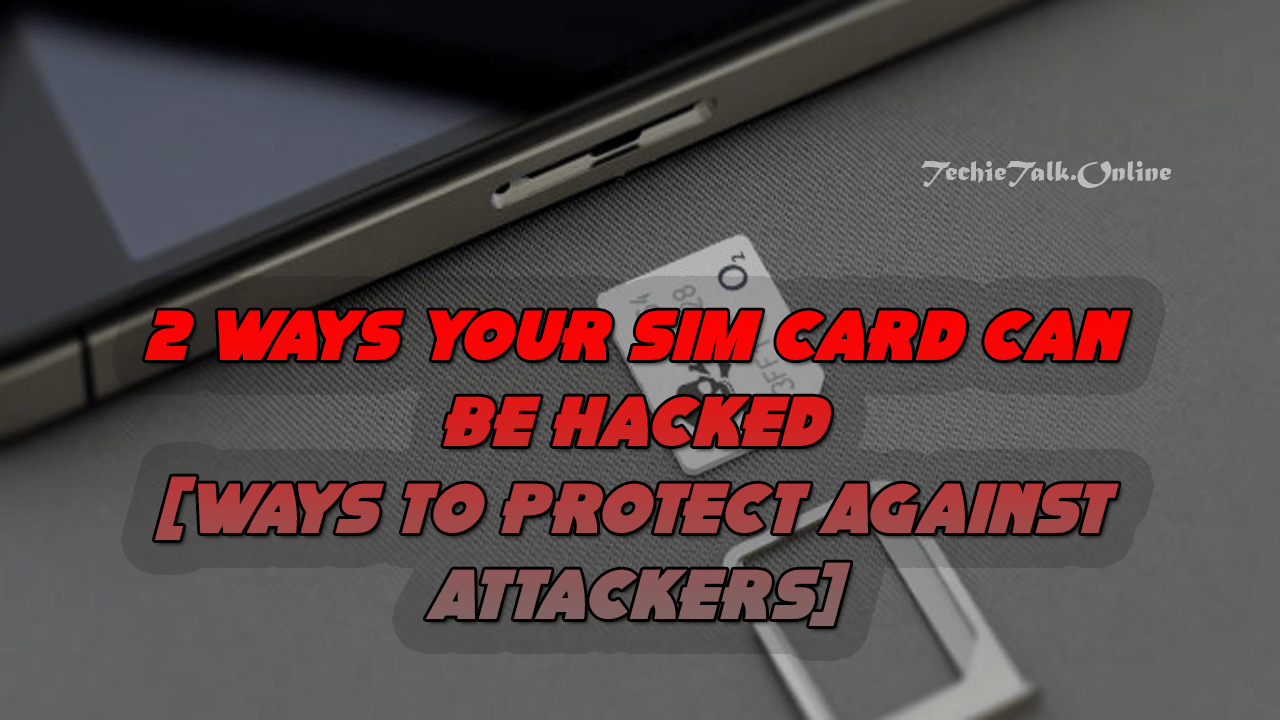
Location and Geography
Location and Geography: Not to be overlooked or underestimated in value is any information pertaining to the physical location of offices and personnel.
You should seek this information during the Footprinting process because it can yield other key details that you may find useful in later stages, including physical penetrations.
In addition, knowing a company’s physical location can aid in dumpster diving, social engineering, and other efforts.
To help you obtain physical location data, a range of useful and powerful tools is available. Thanks to the number of sources that gather information such as satellites and webcams, there is the potential for you as an attacker to gain substantial location data.
Never underestimate the sheer number of sources available, including these:
Google Earth: This popular satellite imaging utility has been available since 2001, and since that time it has gotten better with access to more information and increasing amounts of other data.
Also included in the utility is the ability to look at historical images of most locations, in some cases back more than 20 years.
Google Maps: Google Maps provides area information and similar data. Google Maps with Street View allows you to view businesses, houses, and other locations from the perspective of a car.
Using this utility, many people have spotted things such as people, entrances, and even individuals working through the windows of a business.
Webcams: These are very common, and they can provide information on locations or people. Below shows a list of results on Google that include web-attached cameras.
Cameras Found by Doing a Google Hack

People Search: Many websites offer information of public record that can be easily accessed by those willing to search for it.
It is not uncommon to come across details such as phone numbers, house addresses, email addresses, and other information depending on the website being accessed.
Some really great examples of people search utilities are Spokeo, ZabaSearch, Wink, and Intelius.
NOTE: This location information will become valuable later in these articles when we talk about physical security.

![Bykea Had Publicly Exposed 400+ Million Users Data Including [CNIC, Address, License] ETC](https://www.techietalks.online/wp-content/uploads/2021/02/Bykea-Data-Breached.png)

